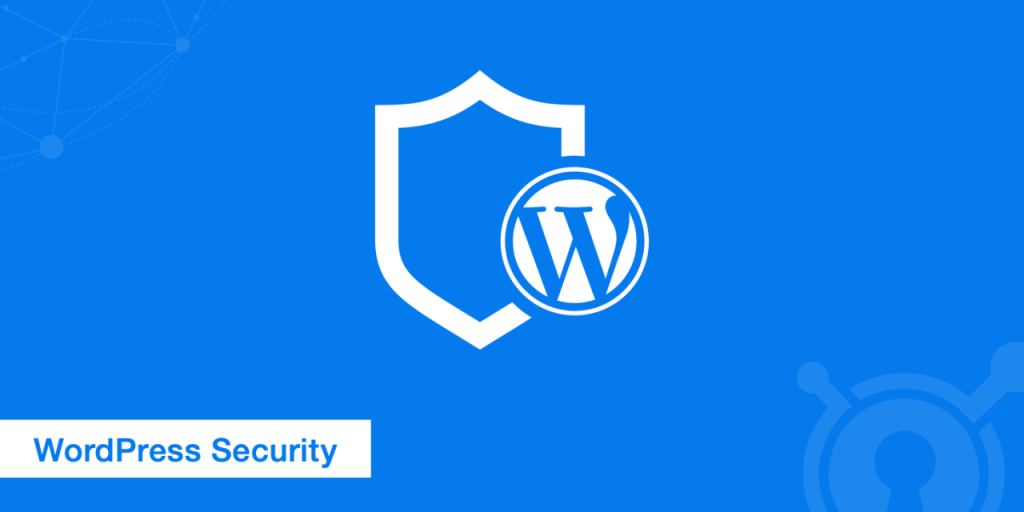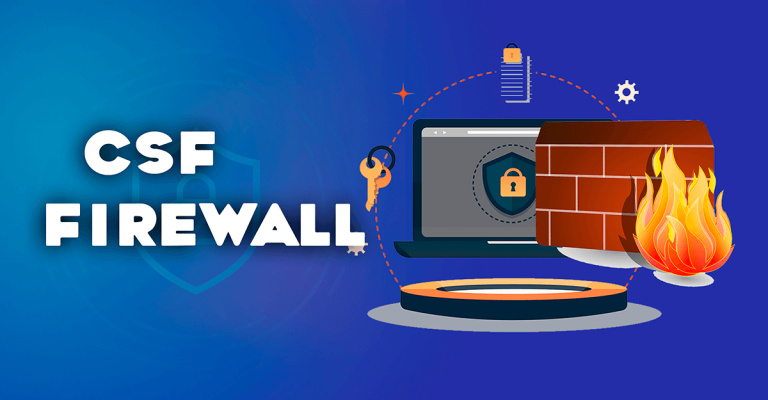+254-202-166-166 / [email protected]

Best Practices to Securing a WordPress website
- Use strong passwords:
One of the most important things you can do to keep your WordPress website secure is to use strong passwords. This means using a combination of upper and lowercase letters, numbers, and special characters, and making sure that your password is at least 12 characters long. Avoid using dictionary words or personal information, as these can be easily guessed by attackers.
- Keep your WordPress and plugin versions up to date:
Another important step in keeping your WordPress website secure is to make sure that you are always using the latest version of WordPress and any plugins that you have installed. New versions are released regularly and often include security fixes, so it’s important to stay up to date to ensure that your website is as secure as possible.
- Use a security plugin:
There are many security plugins available for WordPress that can help to keep your website secure. Some popular options include Wordfence, Sucuri, and iThemes Security. These plugins can help to protect your website from malware, block malicious traffic, and alert you to any potential security threats.
- Enable two-factor authentication:
Two-factor authentication (2FA) is an additional layer of security that requires you to enter a code sent to your phone or email in addition to your password when logging into your WordPress website. This helps to prevent unauthorized access even if someone else has your password.
Here are a few examples of two-factor authentication methods that can be used with WordPress websites:
- Google Authenticator: This is a free mobile app that generates a code that you can use as part of the two-factor authentication process. To use this method with your WordPress website, you can install the WordPress plugin called “Google Authenticator” or a similar plugin.
- Email: With this method, a code is sent to your email address as part of the two-factor authentication process. To use this method with your WordPress website, you can install the WordPress plugin called “Two Factor Authentication” or a similar plugin.
- Security key: A security key is a physical device that generates a code that you can use as part of the two-factor authentication process. To use a security key with your WordPress website, you can install the WordPress plugin called “Security Key” or a similar plugin.
- SMS: With this method, a code is sent to your phone via text message as part of the two-factor authentication process. To use this method with your WordPress website, you can install the WordPress plugin called “Two-Factor SMS” or a similar plugin.
- Use a reputable hosting provider:
The security of your website also depends on the security of your hosting provider. Choose Chajio Cloud, a reputable hosting provider that has strong security measures in place to protect your website and its data.
- Use HTTPS:
Using HTTPS (Hypertext Transfer Protocol Secure) on your website encrypts the data transmitted between your website and your visitors’ web browsers. This helps to prevent attackers from intercepting or altering the data, and is especially important if you are collecting sensitive information such as passwords or credit card numbers.
By following these tips, you can help to keep your WordPress website secure and protect it from potential threats. It’s important to regularly review and update your security measures to ensure that your website remains safe and secure.


